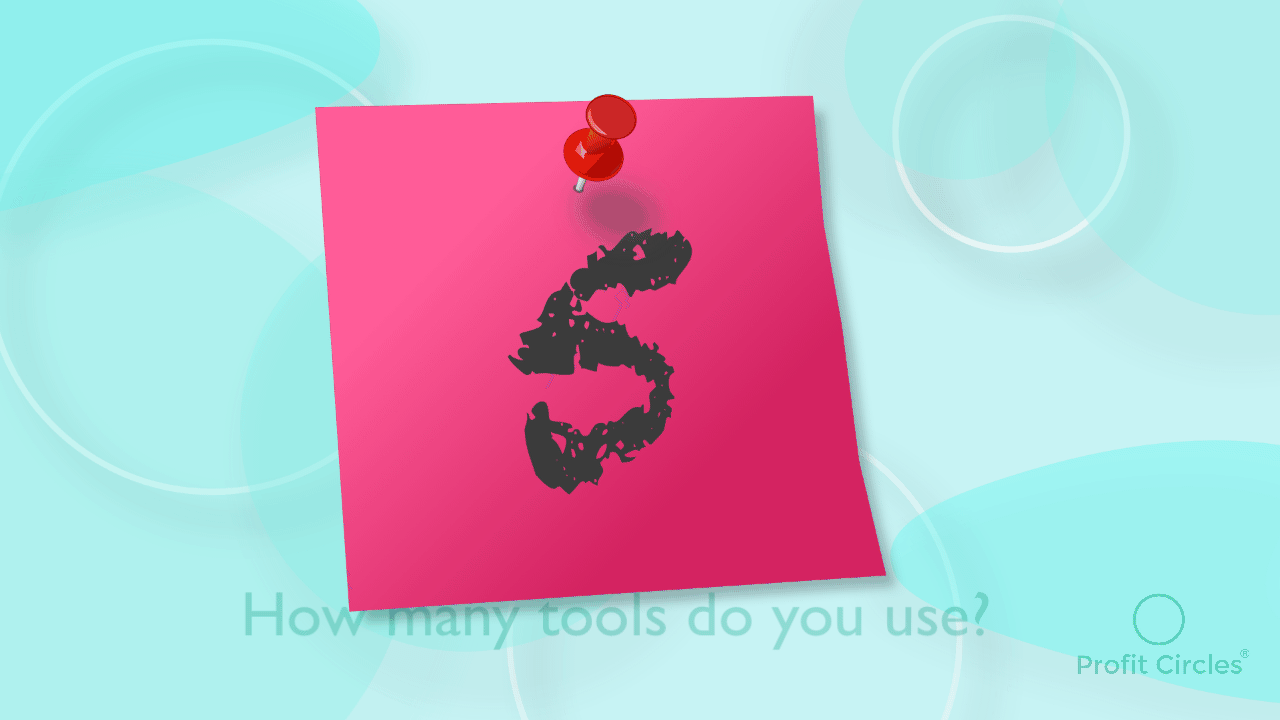QUESTION OF THE DAY
HOW MANY TOOLS SHOULD YOU USE?
8 tools should be enough
to cover basic tasks we perform
Just count with us: 1. The Office suite (Word processor, Spreadsheet, Presentation, E-mail, Video Conferencing), 2. Social interaction tool, 3. File storage. Beyond this list, you go into the specialized functional applications for 4. marketing lead generation, 5. sales CRM, 6. Finance Accounting, 7. Customer support, 8. HR etc.
Looking at the graphics above - how many tools do you use?
The explosion of cloud-based applications services encourages employees to bring their favorite apps to the workplace which makes the situation worse. It creates a BYOA culture (Bring Your Own Application), where workers look to test cool features or interface designs (UI) with their colleagues. Ask yourself how many different video conferencing software do you have to use. I can count at least 5. For individuals and teams that might be an exciting prospect but exposes them to tenths in some cases even more applications. For the company as a whole, however, it creates a headache, as information ends up in different places, in nonstandard formats, with security risk and data fragmentation. Companies try to standardize the use of applications. Is that the way to the future? Not necessarily.
USE THE TOOLS YOU LIKE AND WORK THE WAY YOU FEEL COMFORTABLE
Our approach is different to the standard methods of working. Collaboration is structured around a work hierarchy (e.g. a specific deal, customer or change project) and not at an organizational level. People use tools they like, we aggregate the entire organization's information into one map so everyone can see What’s Going On (WGO) and decide Where To Focus (WTF).
Success is never solely down to creative ideas or unique products or services. The difference between success and failure is actually down to the fundamentals of how you operationalize your business. Check our guide to the best operational and transformation practices, that people love.
THE SECRETS OF RUNNING BUSINESS WITH EASE
MORE TIPS?







